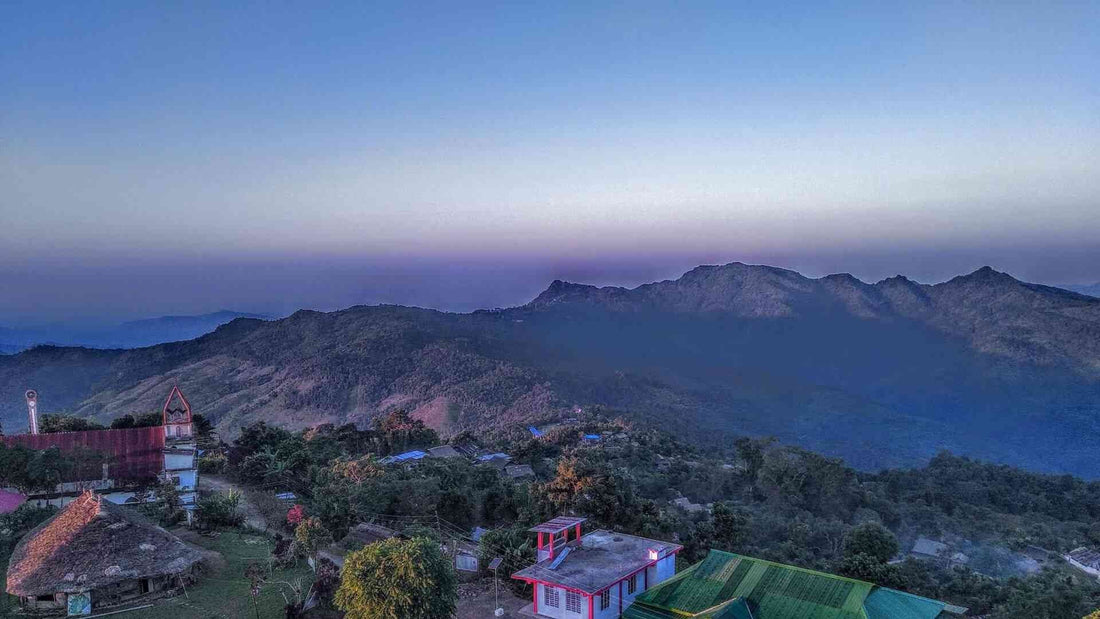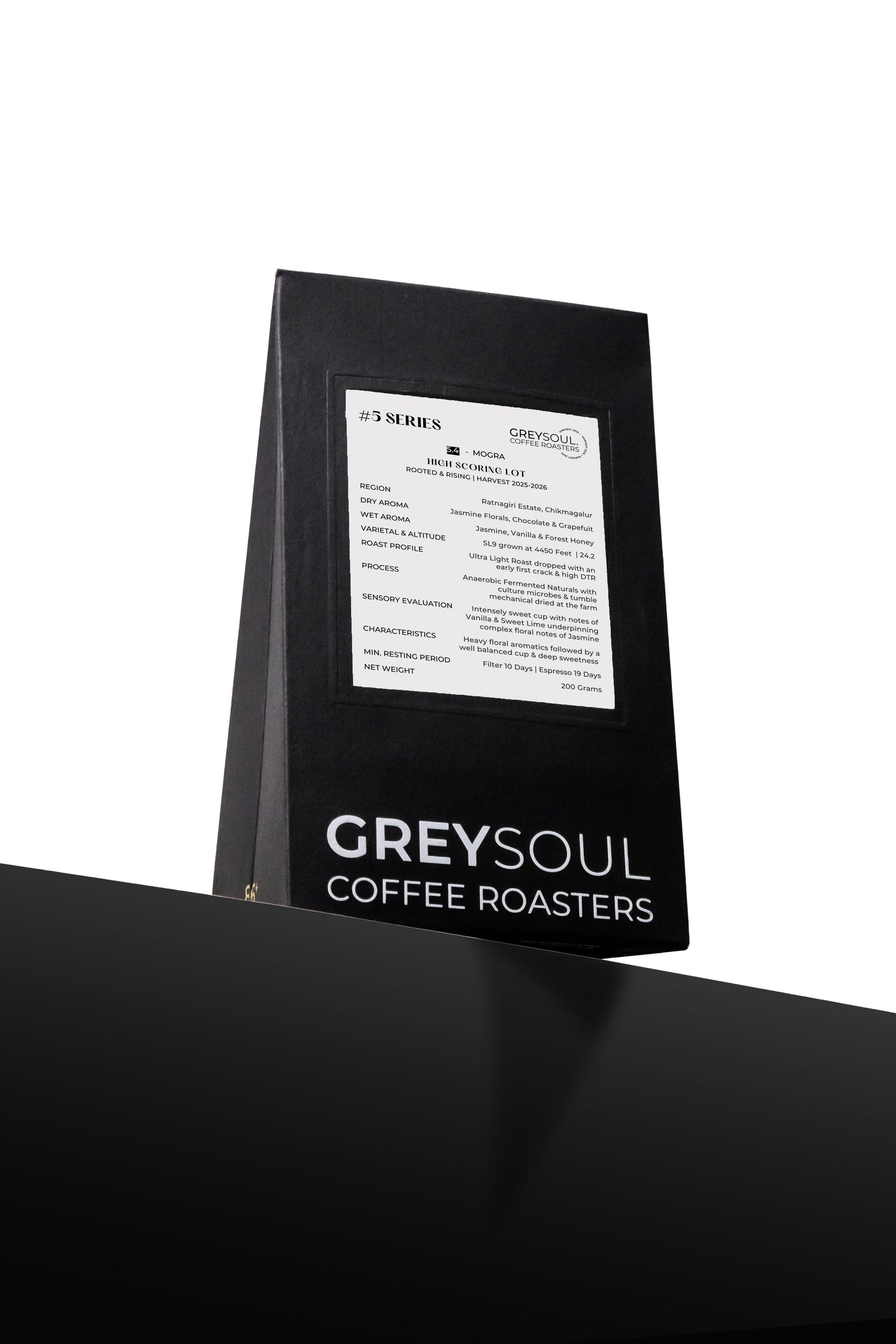
A New Terroir : Nagaland Specialty Coffe
Share
Introduction: Why Nagaland Coffee Matters
In the world of specialty coffee, origin matters. While names like Ethiopia and Colombia dominate conversations, India has been quietly producing some world-class coffees — and nowhere is this more evident than in Nagaland, a lush, mountainous state in Northeast India. At Grey Soul Coffee Roasters, we work directly with farmers here to bring you Arabica beans that are vibrant, complex, and traceable.
The Geography & Climate of Nagaland Coffee
-
Altitude: Upto 1800 meters above sea level (ideal for slow cherry maturation)
-
Latitude: 25°–27°N — similar to Panama’s Boquete region
-
Soil: Rich, volcanic-derived loam with excellent drainage
-
Rainfall: 1,800–2,500 mm annually — supports shade-grown coffee cultivation
-
Temperature Range: 15°C–28°C — prevents stress on coffee plants, leading to balanced flavor
These environmental conditions create dense beans with complex sugars, making them perfect for light to ultralight roasting.
Varietals & Farming Practices
Nagaland primarily grows Coffea Arabica, often Typica and SLN 795 (a selection adapted for Indian climates). Farmers practice:
-
Shade-grown cultivation under native forest canopy, preserving biodiversity
-
Hand-picking only ripe red cherries for uniform sweetness
-
Raised-bed drying for even moisture reduction
-
Low-chemical farming, often organic by default due to limited access to synthetic fertilizers
Processing Methods in Nagaland
While washed process dominates in South Indian estates, Nagaland farmers are experimenting with:
-
Natural/Dry Process — cherries dried whole, resulting in fruit-forward notes like strawberry and mango
-
Honey Process — partial mucilage left on, yielding caramel sweetness and creamy mouthfeel
-
Fully Washed — clean, tea-like cups with floral aromatics
Our roastery profiles each lot individually, using Artisan software to track roast curves and highlight the terroir’s natural complexity.
Flavor Profile of Nagaland Coffee
Cupping scores for Nagaland microlots we’ve sourced range between 84–87 SCA points — firmly in specialty territory. Typical tasting notes:
-
Aromatics: Jasmine, bergamot, honey
-
Acidity: Bright citrus (lime, orange zest) with tropical undertones
-
Body: Light to medium, silky texture
-
Finish: Clean, lingering sweetness with hints of cocoa nibs
When roasted ultralight, these coffees shine in pour-over, Chemex, and Aeropress brews, where clarity and complexity are prized.
Brewing Recommendations
-
Pour-Over (V60): 18g coffee, 275ml water at 96°C, 45-second bloom, 3 even pours
-
French Press: 20g coffee, 300ml water at 93°C, 4-minute steep, gentle plunge
-
Espresso: 18g in, 36g out, 28–30 seconds, 94°C brew temp — yields a bright, fruit-forward shot
Pro Tip: Use soft to medium-hard water (50–100 ppm TDS) to accentuate acidity without muting sweetness.
Nagaland Coffee in the Global Specialty Scene
Globally, origin diversity is prized. Ethiopian Yirgacheffe is known for florals, Colombian Huila for caramel sweetness — and now Nagaland is carving its niche. By focusing on micro-lot separation, careful processing, and direct trade, Nagaland has the potential to command premium prices and recognition in international coffee competitions.
Grey Soul’s Role in Nagaland Coffee
We roast in small 5kg batches on a Probatone P5 Series 2 roaster, using precise charge temps, turning points, and Maillard phase adjustments to preserve terroir. By sourcing directly from farmers, we ensure complete traceability for all.
Conclusion: Taste the Story
Nagaland coffee isn’t just a beverage — it’s a cultural and agricultural story waiting to be told. By choosing it, you’re supporting smallholder farmers, preserving biodiversity, and tasting one of the rarest expressions of Indian terroir.

